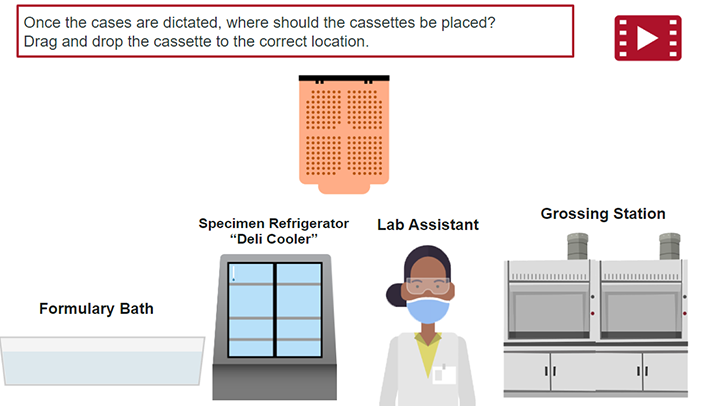Category: Diagnostics
Beginner’s Guide to Clinical Dental Photography
The e-module serves as an interactive tool to teach students the principles of dental photography. The students will learn how to adjust camera settings and positions to take high-quality intra- and extra-oral photographs.
Apr 4, 2023
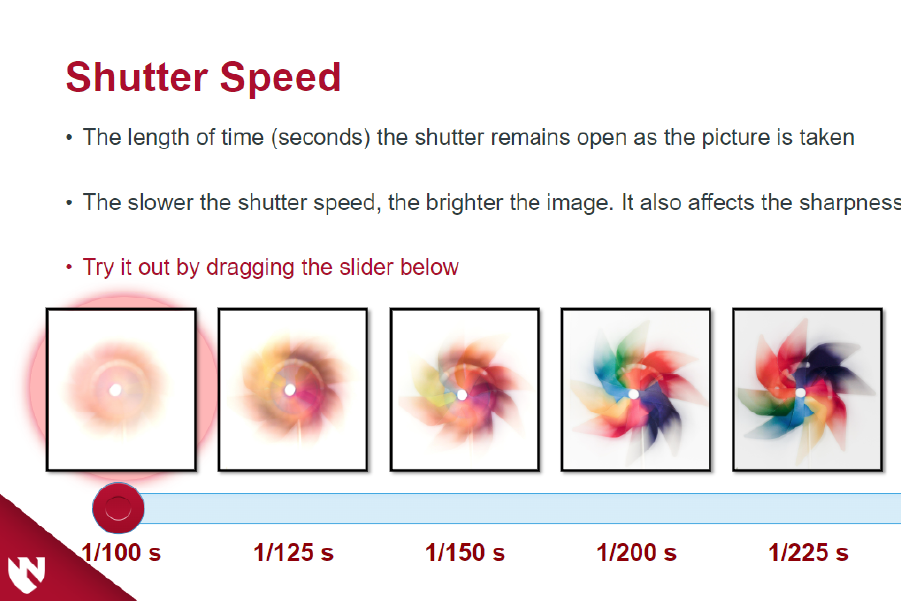
Aseptic Technique
Aseptic technique helps to keep our cell culture, solutions, and supplies free from contamination. This module covers key elements of the aseptic technique and examines common causes of contamination, focusing on a lab setting.
Mar 14, 2023
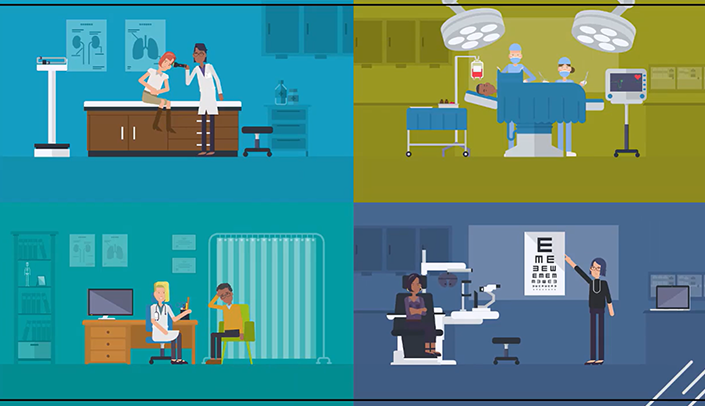
Advanced Practicum Course: Micropipetting
This e-module covers the basics of pipetting with serological pipettes and micropipettes.
Jul 19, 2022
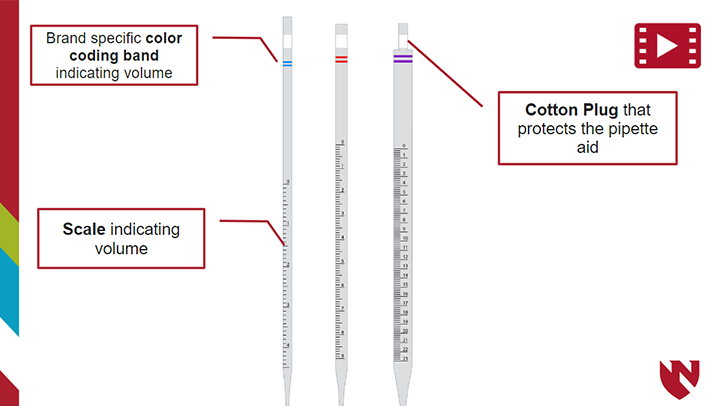
Advanced Practicum Course: Flow Cytometry
This e-module covers the basics of flow cytometry procedures and cell counting with hemocytometer.
Jul 19, 2022

Advanced Practicum Course: Aseptic Techniques
This e-module covers the basics of aseptic techniques and procedures relating to biological safety cabinets.
Jul 19, 2022
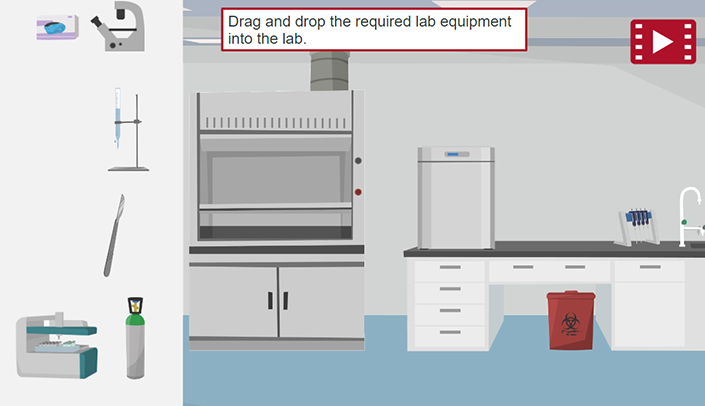
Advanced Practicum Course: Grossing Small Biopsies
This e-modules covers how to gross small biopsies and associated lab procedures.
Jul 19, 2022
